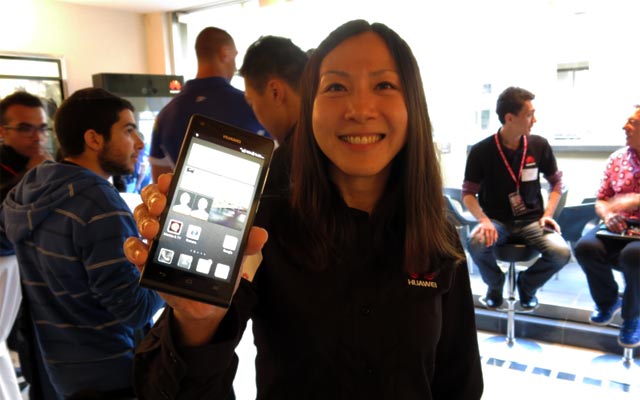
Huawei hosted an event in Sydney this morning to announce the Australian launch of the Ascend G6 smartphone, coming to Australian retailers as well as on-contract at Optus from June 2, and Vodafone from June 11.
This was a bit of a surprise given the overnight launch of the Asend P7 in Paris (it took a while to realise I wasn’t looking at the P7 once I arrived at the event), but Huawei’s Australian staff were apologetic for the confusion and assured us we’d be seeing the P7 and other products in good time.
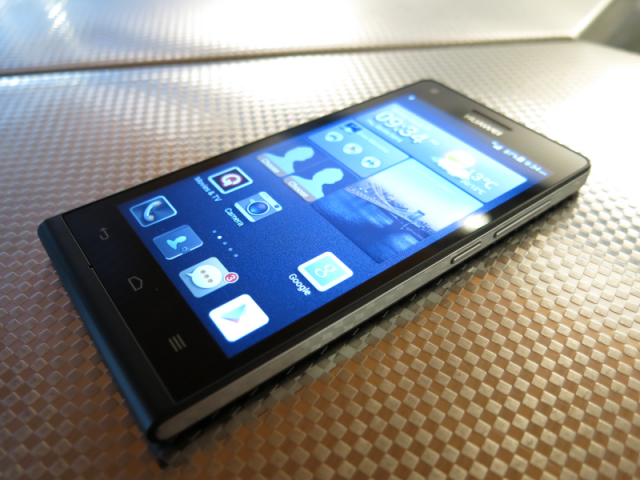
The Ascend G6 borrows from Huawei’s well-regarded P6 smartphone of 2013 in terms of design. Huawei explained that with the design commendations awarded to the P6, they’ve adopted the design across their entire product range. It’s now literally Huawei’s design DNA, and as far as we’re concerned that’s not a bad thing. Check out that little beauty above.
Weighing in at just 115 grams, the G6 has a 4.5-inch qHD 960×540 LCD IPS display in a body that’s just 7.85mm thick. The screen offers a 178° viewing angle which is a pleasant change to some of the recent screens we’ve seen used by other manufacturers in recent years:
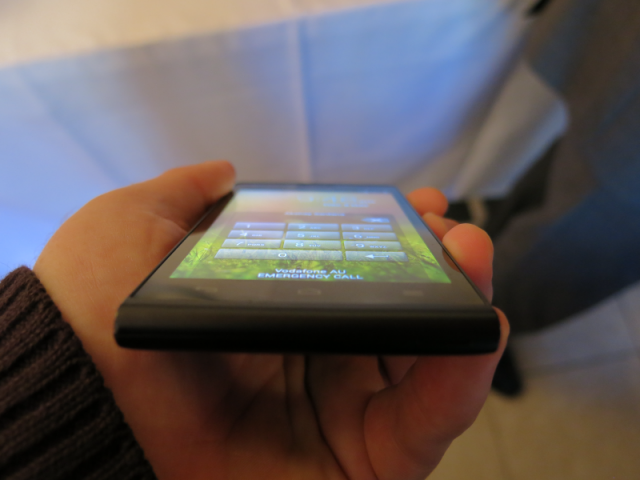
Huawei’s placed three capacitive buttons below the screen – Back, Home and Menu respectively – and while it’s a little disappointing to see yet another Android OEM opt for a menu button instead of the multitasking button, they’ve put the Back button on the correct* side. Owing to its size and light weight, the phone is quite comfortable to hold in the hand, rather like the P6.
The G6 marks the first phone in a long time to be offered on-contract by Australian carriers – doubtless, this is because Huawei is finally bringing phones to market that support 4G LTE. The G6 is also a Category 4 LTE device, which means it’s compatible with Optus’ 4G Plus LTE network. This embrace of LTE standards in their smartphones has also lead to an interesting change internally – where the company has proudly declared that they were using their own CPUs in recent years, they’ve now switched to Qualcomm silicon, in a move that seems likely to please pundits. The quad core 1.2 Ghz chipset is only a Snapdragon 400, but that seems appropriate given the specs of the device. There’s 1GB RAM, 8GB of storage and a Micro SD slot that can expand your storage by up to 32GB. There’s a 2000 mAh battery inside.
Once again, Huawei’s placing a huge focus on the front camera for taking great selfies, and along with the 5MP front camera this time they’re bringing an 88° wide lens to the front camera allowing you to capture wider scenes than ever seen before. What this means for your selfies is that you can put a little more background in, or a larger group of people as we found when we tried it out this morning:
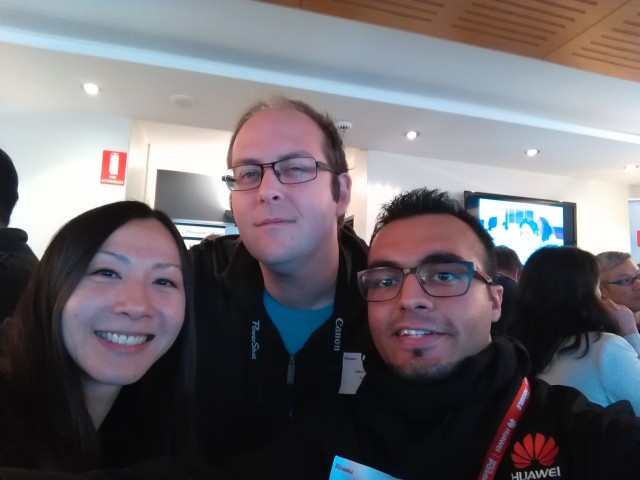
The rear camera is an 8MP backside-illuminated unit from Sony that features an f2.0 aperture and a 5-part “aspeherical” lens to allow the sensor to better handle light. We didn’t get much of a chance to take photos with the device (the environment wasn’t really suitable for more than a snap of the breakfast bar) but we’re cautiously optimistic. Huawei’s packed decent optics into their recent phones, and we liked what we saw.
On the software side, Huawei continues to use their Emotion UI Android customisations, but in the shadow of the massive changes seen in the likes of the Galaxy S5, this seems almost quaint and fresh by comparison. This time around they’re pushing their power management options offering the user configurable profiles and control over background apps that are running on the device. I asked why Huawei didn’t take the approach of simply limiting the number of apps that could run in the background; their answer was that they preferred to give the user control over the apps that were currently running instead of limiting the apps that could run. Fair enough.
Huawei’s other big play on the software side is the “Simple UI” mode for the home screen which changes the standard Android homescreen into a series of tiles that can update live. We’ve seen something similar somewhere before, but it can make the G6 more appealing to those with impaired vision or the (delicately phrased at the event) “older generation”. It remains to be seen whether this simplified user experience extends throughout the entire phone, but our suspicion is that it’s just the homescreen.
The company is also looking at bringing a range of accessories to market for the device including leather cases, Bluetooth headsets and speakers and USB battery packs, but wasn’t ready to talk about those yet. Given the issues we’ve seen other manufacturers getting their phone accessories to retail stores in Australia, some uncertainty on this front seems forgiveable.
Pricing is yet to be determined and will be announced in the coming weeks. Huawei advised that the phone will also be available through their usual retail channels. They’re also bringing a Transformers-themed promotion to market in June to coincide with the release of the new movie – we’re sure we’ll see more information on this in the coming weeks.
Overall, the Ascend G6 seems like a nice midrange device. It was comfortable to hold and doesn’t feature over-the-top UI customisations as we’ve seen a lot recently. The screen size puts it in competition with Motorola‘s well-regarded Moto G and we’re looking forward to getting out hands on one for review.
Are you interested in the Ascend G6? Let us know in the comments!

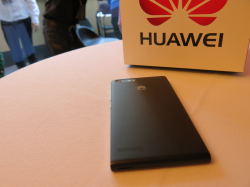

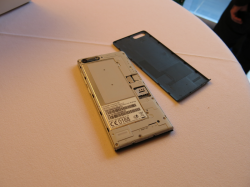
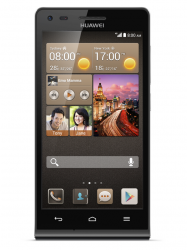
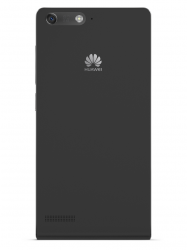
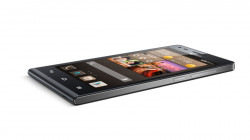
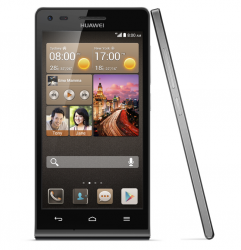

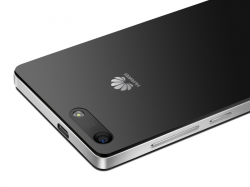
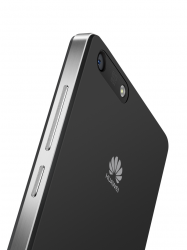




Jason, did they say anything about being able to disable the homescreen “simple UI” ?
You can’t “disable” the interface but you can switch between the two from the homescreen.